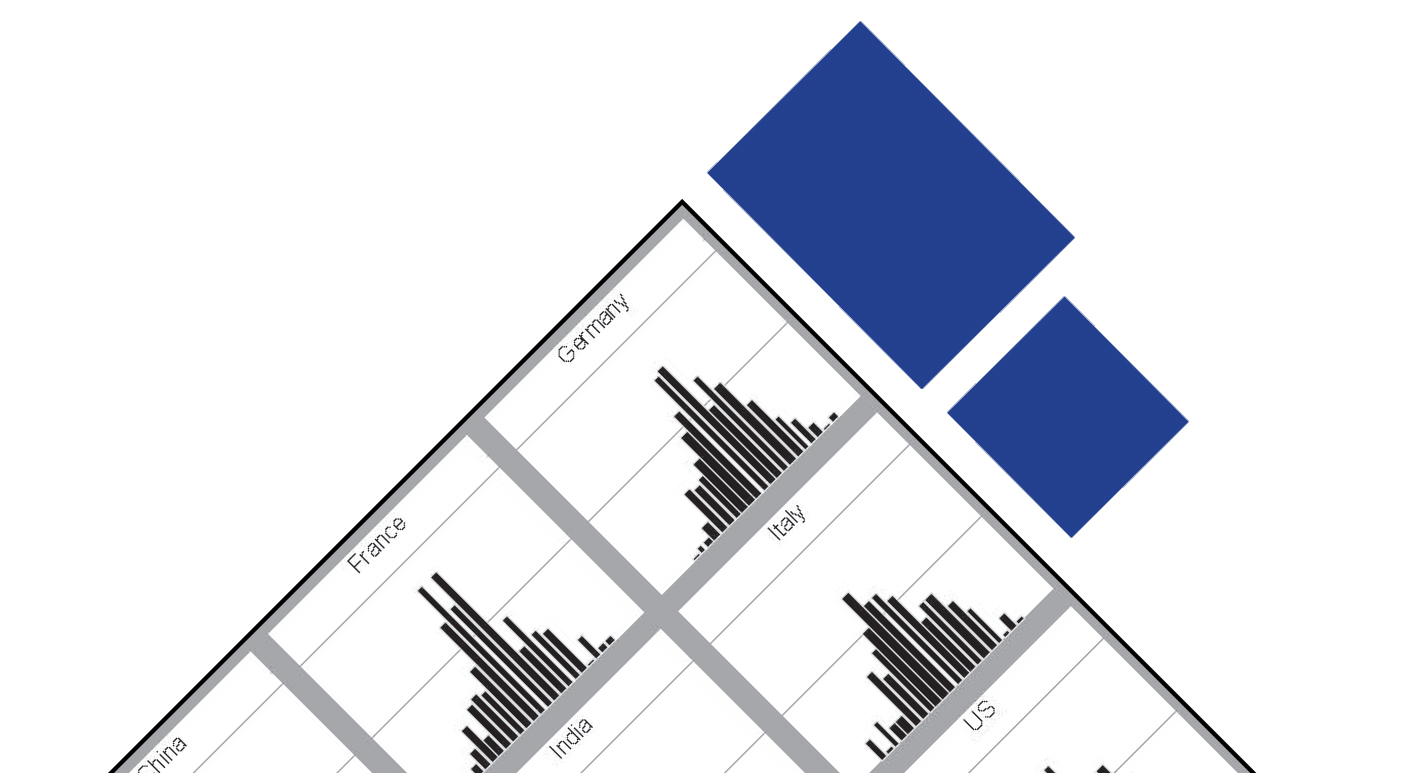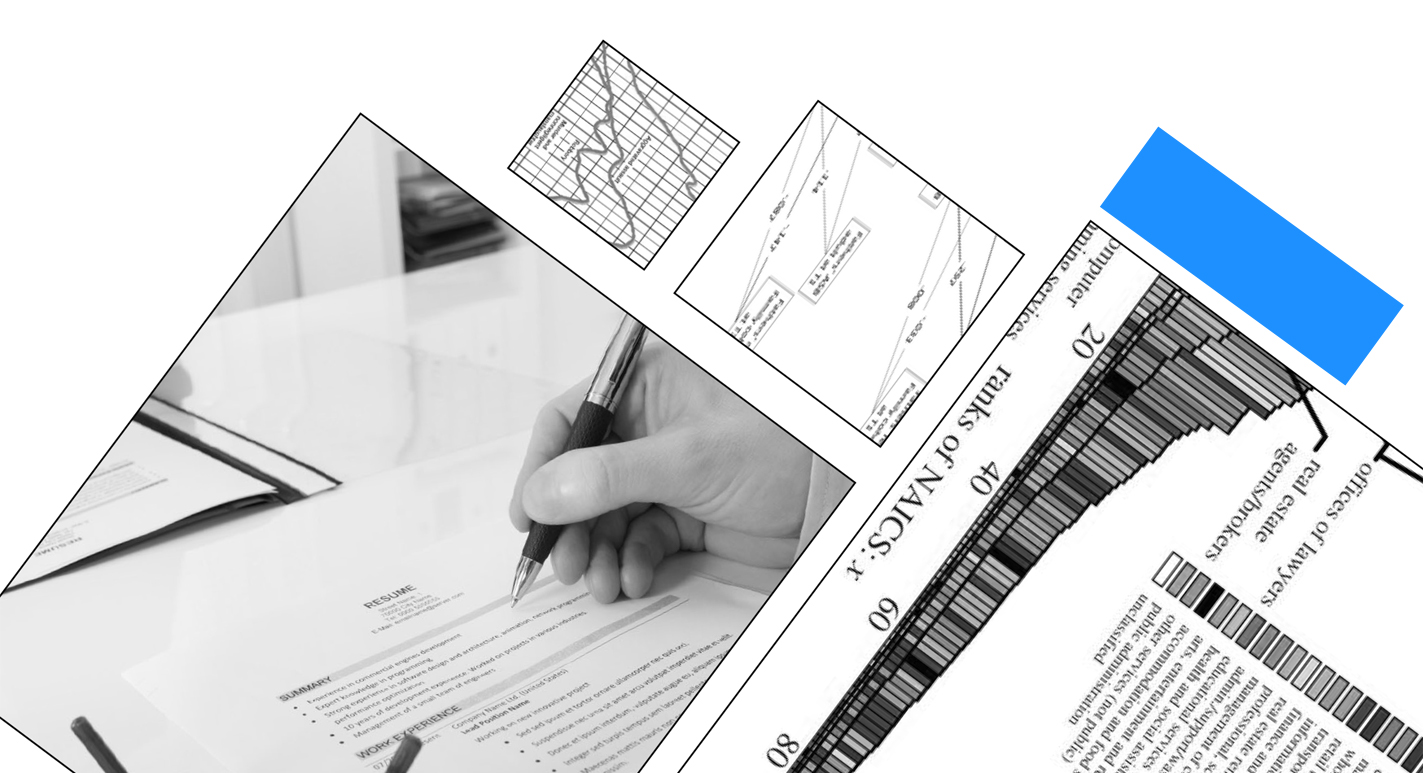
The guide regarding the academic writing in the social science has been prepared by B. Schultz, PhD, a qualified sociologist. The publication elaborates upon crucial, yet often neglected aspects of editing papers in social sciences. It covers all stages of preparing a scientific publication and helps to avoid certain mistakes and improve the quality of the paper.
General Tips on Social Sciences Writing
Unlike in the hard sciences, many publications in the social sciences allow and even encourage the use of first-person ?I? and ?we? statements to avoid the passive voice. Write in an active and direct manner as much as possible. Although first-person language is permissible, however, it is important to maintain a professional and objective tone throughout.
Some sub-disciplines have their own conventions that do not necessarily reflect the format suggested here. More theoretical approaches, for example, may not have methods that yield results, and therefore do not require sections labeled as such. Prior to writing, be sure to survey the publications in your field to get an idea of what conventions and styles they expect. Develop a list of possible publications where you could submit the article.
Using quotes from relevant literature is acceptable, but only do so if the quote in its original form is crucial to your thesis or argument. Always include a page number when using a quote.
Every publication has its own style requirements that must be followed. In addition to basic concerns like spacing, font type and size, and margins, there will be requirements concerning indentation, capitalization, citations, the use of headings and subheadings, and the like. Tables and figures will have their own requirements.
Basic Article Layout Title
KEY ADVICE: The title is the ?face? of your article, and should be carefully considered. Keep it concise and informative, and avoid jargon and abbreviations that are not common knowledge. Social sciences titles follow three basic conventions:
The most common convention is to place a descriptive sentence after brief keywords, punctuated with a colon:
- ?Competitive authoritarianism: Applying theory to understand the resurgence of populist strongmen in Eastern Europe.?
- Conversely, the keywords may come at the end of the title:
- ?Applying theory to understand the resurgence of populist strongmen: Competitive authoritarianism and Eastern Europe.?
A second convention is to ask a provocative question and follow it with a descriptive sentence:
- ?Is liberal democracy doomed? Explaining the rise of competitive authoritarian politics in Eastern Europe.?
Finally, a single descriptive sentence explaining the purpose of the study is completely acceptable:
- ?Using comparative political analysis to explain the rise of Eastern European populism.?

ABSTRACT
KEY ADVICE: In addition to the title, the abstract is the portion of your article that that will determine the extent to which it is read. After reading the abstract, a reader should have an idea of the paper?s purpose, the methods used, and the major findings. Most publications in the social sciences do not want you to break up your abstract into defined sections (methods, results, conclusions). The text should read as one continuous paragraph that concisely and seamlessly presents information.
Most publications limit abstracts to between 250 and 300 words. Do not exceed the word limit.
Abstracts with typos or poor drafting reflect negatively on the rest of the article.
Begin with two or three sentences situating your study within the relevant literature and debates in the field. Citations are not usually necessary, unless the paper is explicitly about a prior publication.
Present your argument or thesis, and state how you address the issue or issues raised in the paper.
Conclude by summarizing the most important findings, making a reference to how your paper resolves the issues presented.
Choose three to five keywords that are commonly used in your sub-discipline to accompany your abstract.
INTRODUCTION
Most introductions should be two or three paragraphs long. Although you should include citations that situate your work within the existing literature, there is no need to elaborate upon prior work. Keep the content brief and guide the reader through the layout of the paper.
The first few sentences should set up the central issue you of the paper.
In the first paragraph, cite the work that has already been done, indicate what is inconclusive or missing or unknown, and state how your paper addresses those gaps.
In the final paragraph of the introduction, explicitly state the purpose of the paper using sentences like, ?The aim of this paper is??
Follow the statement of purpose with the research questions. They may be posed in the form of a question, or simply stated as areas of interest.
State how you address those questions through the literature and methods that you chose.
Writing the introduction last can be beneficial because you can offer a more complete overview of the content.
LITERATURE REVIEW
The perceived relevance of your paper depends upon your ability to situate it within the established literature. In addition, you should demonstrate how your findings build upon existing knowledge. To do that effectively, you need a thorough review of the most relevant literature. In many instances, you are likely to receive reviewer comments about the quality of this section more than any of the others. Although there are several ways in which to organize your literature review, there are three common approaches:
Divide the literature into dominate arguments or schools of thought
- This is most helpful when your argument or thesis depends upon a specific theoretical perspective, such as Marxism or neoliberalism.
- Write a brief paragraph outlining the different approaches or schools of thought.
- Review the approaches in the order you presented them.
- Let the literature have the debate, not you. For example: Although Johnson (2011) contends that neoliberalism increases the GDP, Hawkins (2013) uses empirical data from Peru to show that such policies hurt the middle class.
- Conclude by firmly stating which approach you are following and justify your choice.
- You may use sub-headings to divide the themes or approaches, but this is not necessary.
Divide the literature into themes
- This is most helpful when you are addressing gap in the literature
- As in the previous approach, use an introductory paragraph to outline the themes.
- Conclude the section by situating your paper within one of the themes, and address how you are extending the literature to include your contribution.
Address the literature chronologically
- This is most helpful when your paper deals with historical matters or traces the evolution of a social issue.
- Point out when and how paradigms shifted, and state what new direction your field took after that shift.
- Conclude the section by stating where the literature is now

METHODS
Including a distinct methods section is not appropriate for every paper in the social sciences, especially if there is an explicitly theoretical or rhetorical focus. However, papers that follow established scientific methods should dedicate a separate section detailing the approaches used.
Be sure to link your research questions to the methods you include.
Anticipate the questions or comments that could come from someone unfamiliar with your research and address them up front. For example, if using qualitative methods, be clear about how participants were recruited, the setting in which the data was collected, and any other factors that could influence the results. These things may be obvious to you, but will not be clear to a reviewer unless explicitly stated.
Cite previous studies that have used similar methods to justify your design.
RESULTS
In this section, avoid getting into the meaning or analysis of the results. Instead, present them in a straightforward manner, keeping in mind that insignificant or unexpected results still have meaning and should not be omitted. The way in which the results section is presented depends upon the methods used.
Quantitative results should be presented in a well-organized table.
- Rather than discussing each statistic, refer the reader to the table and highlight the aspects that are most relevant to your thesis.
The presentation of qualitative results could take a few forms:
- Identify themes that emerged from your interviews and observations, organize the evidence according to those themes
- Organize the results according to the questions asked, present the answers the questions in paragraph form
- Assign the participants pseudonyms and refer to them throughout
ANALYSIS OR DISCUSSION
Here is where you discuss the meaning of the results presented in the previous section. To do so, you need to link them to the foundational knowledge presented in the literature review.
Emphasize what you did differently to arrive at your conclusions, especially if they challenge previous work
- Although Smith (2010) found that artists in urban areas supplement their sales online, the present study demonstrated that the same cannot be said for those in rural areas.
Guide the reader through how your results confirm or challenge the literature you included in the review:
- The positive and significant relationship between immigration and property values challenges previously held assumptions, particularly those by Brooks (2008) and Jones (2001).

CONCLUSIONS
In the conclusion, avoid simply reviewing the findings. After a brief summary, consider including the following points as well:
Address limitations and the ways in which they may have impacted the results
Emphasize the ways in which your work builds upon that of others
Acknowledge the work still needs to be done. Ideally, the work that still needs to be done is another component of your own research program, which will give you the chance to extend your work in the future. Further, if you have a large project such as a dissertation or a thesis, it provides a useful way to publish your full results in multiple outlets.
Be careful not to surprise the reader with new information in the final section.


Leave a Reply